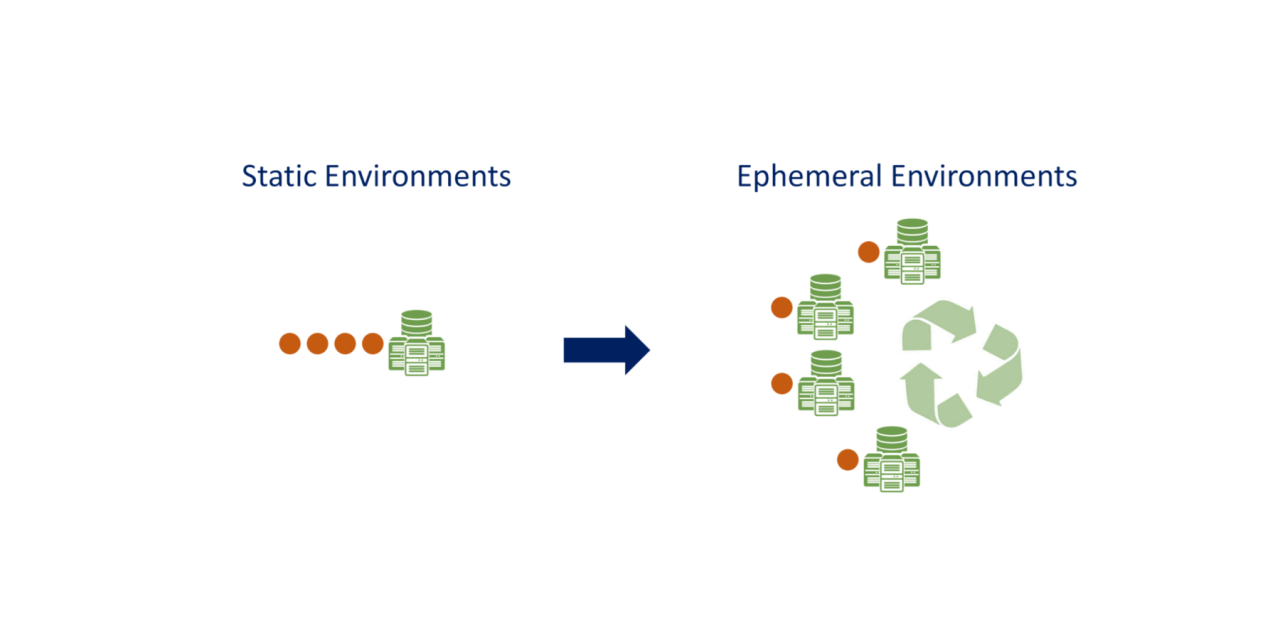By: Mark Lewis, SVP Sales and Marketing
Mobile testing is an important frontier for testing mobile applications. If not for testing, the current era of mobile applications would face a significant gap in reliability and performance. Testing ensures that all the applications we use in daily life are secure, smooth, seamless, and with no hidden red flags.
That explains why, according to Mordor Intelligence, the mobile application testing services (MATS) market is growing at a CAGR of 15.37 percent over the forecast period 2021 to 2026. It’s been seen that reduced time-to-market, lower budgets, and time available for quality assurance, as well as careful user experience design, are emerging as significant factors here. There is a marked growth in application quality and user experience measurement tools and the strength of mobile app store ecosystems. This will derive force from the need to improve app quality.
New Trends
Interestingly, developers are now following the lean and agile development approach – continuously producing new features and ready-to-ship software increments. There is a notable rise in using open-source SDK such as Flutter, React Native. There is a need and market for capabilities that allow developers to cross-platform applications that run both major mobile OS platforms, including Android and iOS, with the single code-base increasing the efficiency and productivity of the application ecosystem globally. Also, mobile application testing teams are becoming more distributed than ever.
The Rise in Adoption of Continuous Testing Methodology
All the new enablers and imperatives of mobile applications have made the job of testing more complex and crucial than it ever was before. That is why we see a lot of emphasis on continuous testing methodologies. There is simply no room for outages, flaws, and quality gaps that can turn into a nightmare when an application is at its peak or when a user needs to be sure of the experience and security aspects. Continuous testing is becoming a norm rather than an exception – so are other approaches to mobile application testing.
- Testing Environment in Cloud – Here, applications are assessed for various metrics as scalability, performance, security, and reliability. These tests are usually done on a third-party cloud computing environment with the required infrastructure to perform tests.
- AI for Testing – With AI and machine learning to apply reasoning and problem solving to automate and improve testing, the teams can save time on manual testing areas. They can shift their focus on complex tasks and innovative new features.
- Low Code Development Platforms for Testing – Things like Graphical User Interface for programming help develop the code at a faster rate & reduce the traditional programming efforts. These tools enable the rapid development of code by minimizing hand-coding steps and enabling quick setup and deployment.
- Multi-Experience Testing – Multi-experience development platforms (MXDPs) are where developers can build apps based on various touch-point-specific modalities. They ensure a consistent user experience across web, mobile, wearable, conversational, and immersive touch-points. Here, users get the same experience and, according to the device, with a highly personalized experience. Gartner predicts that by 2023, over 25 percent of the mobile apps, progressive web apps, and conversational apps at large enterprises would be built and/or run through a multi-experience development platform.
- Agile and DevOps approach – In the modern software development world, shift-left principles are taking dominance. There is a focus on collaboration between developers and the operations team. This makes the entire cycle lean and cohesive.
- Rapid releases – With a short feedback loop between the team and the users, one can immediately find out what’s working and what is not. This helps to improve the experience and innovative edge of the software.
Be ready for more and more automation. Be prepared for a fast-feet approach to everything in software – this applies a lot to mobile applications. The new world would be about being fast, but also about being sure. A new face of mobile app testing begins.



